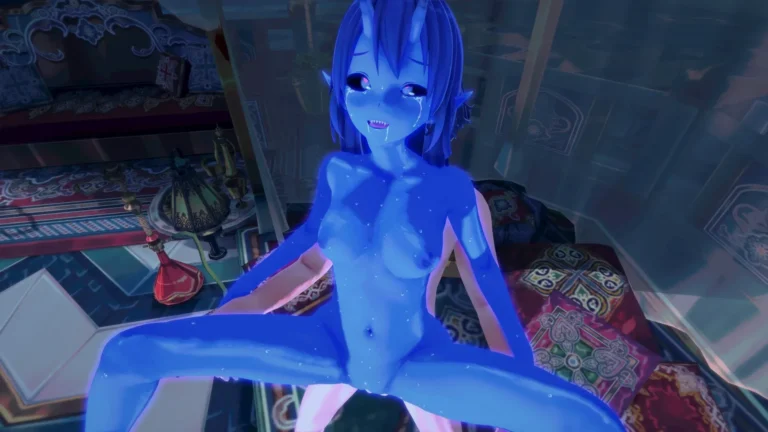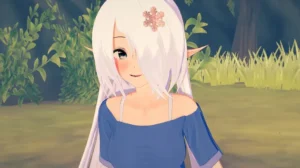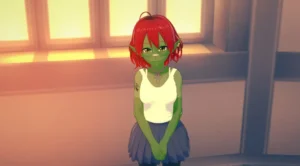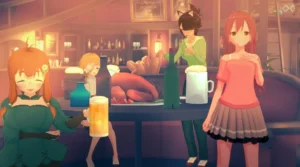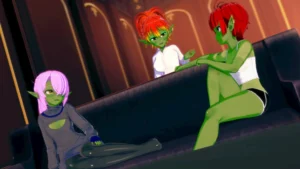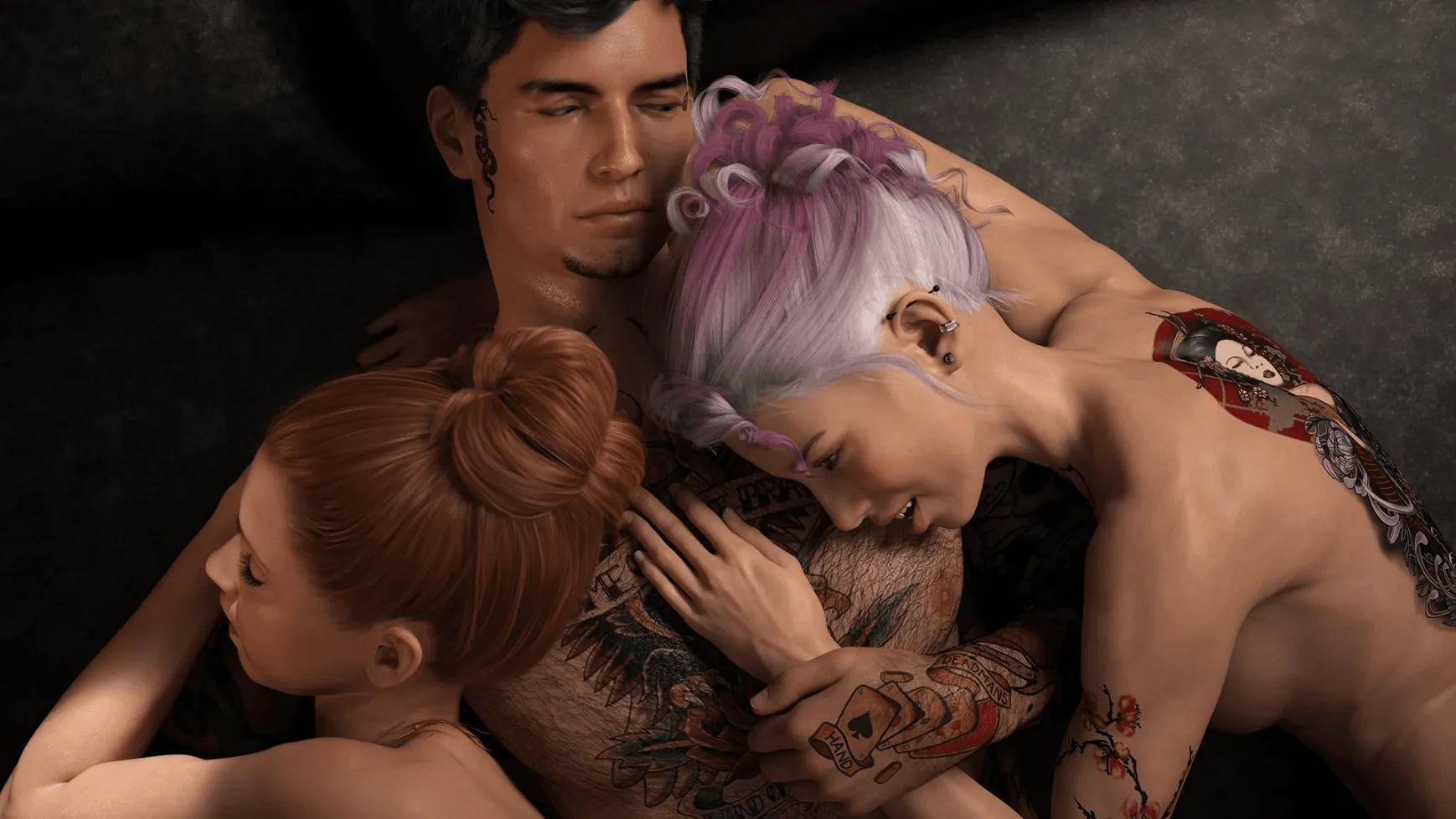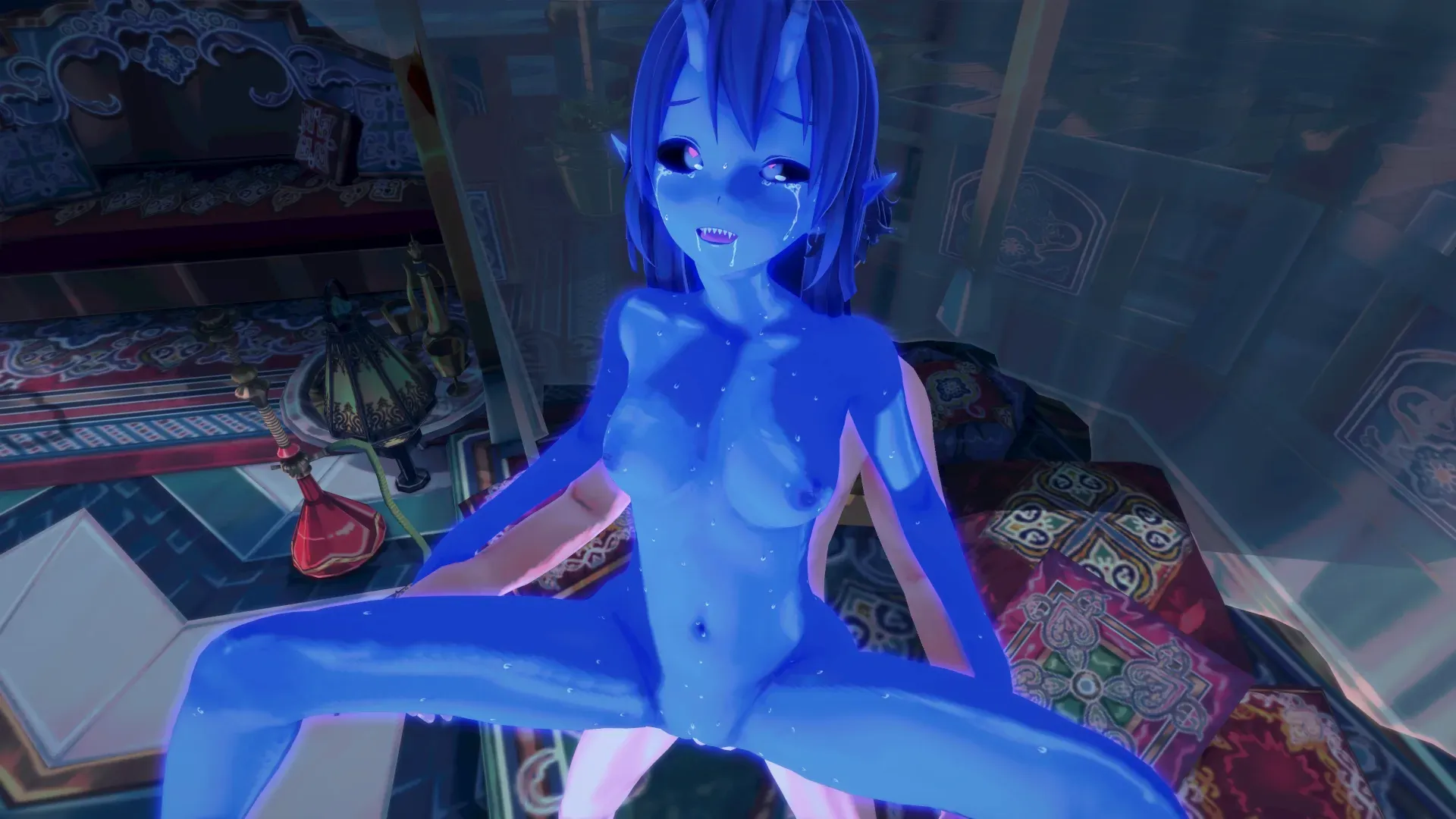
Tales of Unity
Play Tales of Unity
Tales of Unity review
Exploring the Depth and Appeal of This Adult Visual Novel
Tales of Unity stands out in the world of adult visual novels by weaving mature themes into a rich, character-driven story. Unlike titles that prioritize explicit content above all else, this game places narrative and character development at its core, using intimate moments as a natural extension of the plot. Players are drawn into a world where humanity has fallen, and relationships—both emotional and physical—shape the journey. If you’re curious about what makes Tales of Unity different, how its story unfolds, and why it’s earning praise for its writing, this deep dive will guide you through every aspect of the experience.
What Is Tales of Unity About?
So you’ve heard about Tales of Unity and you’re wondering what all the fuss is about? 🤔 You’re not alone. This isn’t your typical visual novel, and it’s definitely not what you might expect from a game with mature themes. Let’s pull back the curtain on this deeply compelling experience and explore what makes its story, characters, and world so unforgettable.
A World in Ruin: The Setting and Premise
Imagine a world where the war is over, and we lost. ☠️ The Tales of Unity setting is a masterclass in bleak, atmospheric world-building. Humanity isn’t just recovering; it’s been conquered and enslaved by a ruthless, technologically superior race known as the Arbiters. Cities lie in ruins, hope is a forgotten currency, and every day is a struggle for survival under the boot of your oppressors.
This isn’t just a backdrop—it’s a character in itself. The oppressive atmosphere of the Tales of Unity story directly shapes every decision, every relationship, and every fragile moment of joy. I remember the first time the game truly immersed me: my character was simply walking through a derelict marketplace, and the way the other digital humans averted their eyes, the hushed conversations, the ever-present Arbiter patrols… it created a sense of palpable dread that stayed with me for hours after I stopped playing. This is a world that feels lived-in and real in its despair.
The premise is simple yet powerful: you play as a remnant of the old world, someone with a unique spark of defiance, trying to find others and carve out a sliver of freedom. The Tales of Unity narrative uses this post-war landscape not just for shock value, but to ask profound questions. What does it mean to be human when your humanity is systematically stripped away? Can connection and love truly flourish in a world designed to crush it? This is the foundation upon which everything is built.
Characters That Drive the Story
If the world is the stage, then the Tales of Unity characters are the award-winning actors delivering powerhouse performances. 🎭 This isn’t a game about a lone hero; it’s about finding a family in the darkness, a found family bound by trauma, hope, and a shared desire to fight back.
What makes them so special? They are flawed, complex, and beautifully human. They have pasts that haunt them, fears that paralyze them, and dreams they’re almost too afraid to voice. The Tales of Unity gameplay revolves around your interactions with them, and your choices genuinely affect your relationships, opening up different story branches and moments of intimacy.
Let me give you an example. There’s a character named Kael, a former soldier burdened by guilt. In one playthrough, I chose to be pragmatic and dismissive of his past. He shut down, and our relationship remained strictly professional. In another, I took the time to listen, to acknowledge his pain. The resulting scene where he finally opened up was one of the most raw and emotionally resonant moments I’ve experienced in any game, visual novel or otherwise. The writing gives them incredible depth.
Here’s a quick guide to the core cast you’ll meet:
| Character | Role & Personality |
|---|---|
| Kael | The Guilt-Ridden Protector. A former soldier carrying the weight of his past failures. Hardened exterior, but fiercely loyal to those he trusts. |
| Lysandra | The Cunning Strategist. Uses her wit and charm as weapons. A master of information who operates in the shadows, but yearns for genuine connection. |
| Rhys | The Idealistic Engineer. Believes technology can be used for liberation, not just oppression. The heart of the group, always trying to mend broken spirits. |
| Elara | The Mysterious Outsider. Her past is a blank slate, and her motives are unclear. Possesses unique knowledge about the Arbiters that could change everything. |
The strength of the Tales of Unity characters is how their personal journeys are inextricably linked to the main plot. You’re not just advancing a story; you’re helping these people heal, grow, and find a reason to keep going.
“I went in expecting one thing, but the writing in Tales of Unity completely floored me. The scene where Lysandra finally drops her facade and talks about her family… I actually cried. It’s that good.” – A player review that perfectly captures the sentiment.
How Mature Content Fits Into the Narrative
This is where Tales of Unity truly separates itself from the pack, and it’s a point that cannot be overstated. The Tales of Unity mature themes are not the point of the game; they are a consequence of it. They are woven into the fabric of the Tales of Unity narrative with purpose and sensitivity. ❤️🔥
Let’s be clear: this is not gratuitous content. The developers have taken a bold and, in my opinion, correct approach. Intimate scenes are treated as emotional climaxes to character arcs, not as rewards. They occur only after significant story progression and deepening of relationships. They feel earned. I recall building a connection with a character over several hours of gameplay—sharing secrets, surviving dangers, supporting each other—and when an intimate moment finally occurred, it felt like a natural and powerful expression of the bond we had developed. It was about vulnerability and trust, not just physicality.
The Tales of Unity story uses its mature rating to explore complex themes authentically:
* The psychological trauma of living under constant oppression.
* The struggle to form healthy relationships in an unhealthy world.
* The raw, human need for physical comfort and connection in the face of despair.
This thoughtful integration is why the Tales of Unity visual novel has resonated so deeply with its audience. Players feel respected. They’re engaged in a compelling story where mature elements serve the plot, not the other way around. The Tales of Unity gameplay even allows you to influence the tone and nature of these scenes through your earlier dialogue choices, making them feel uniquely yours.
In a landscape crowded with less thoughtful offerings, Tales of Unity stands as a testament to what the genre can achieve. It’s a game that trusts its audience to handle difficult themes and rewards them with a narrative that is poignant, unforgettable, and profoundly human. It proves that a story can be both mature in content and mature in its storytelling, creating a unique narrative experience that will stick with you long after the final choice is made. 🌟
Tales of Unity redefines what an adult visual novel can be by prioritizing story, character, and emotional engagement over explicit content alone. Its post-war setting, memorable cast, and thoughtful integration of mature themes create an experience that resonates long after the credits roll. Whether you’re drawn by the narrative depth, the meaningful choices, or the active developer community, this game offers something genuinely unique in its genre. If you’re ready to explore a world where every relationship matters and every decision shapes your journey, Tales of Unity is waiting to surprise you—download it and see for yourself.
